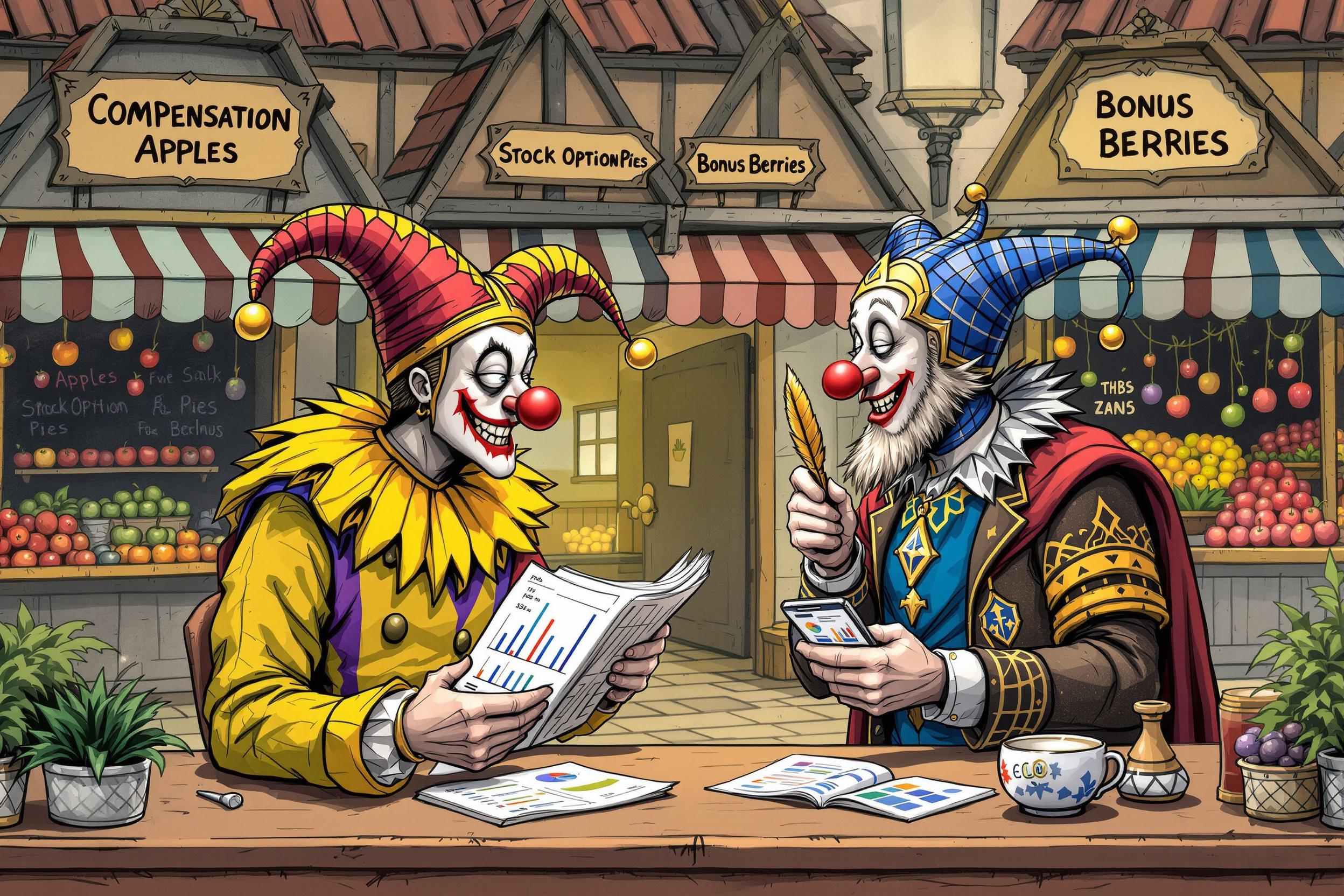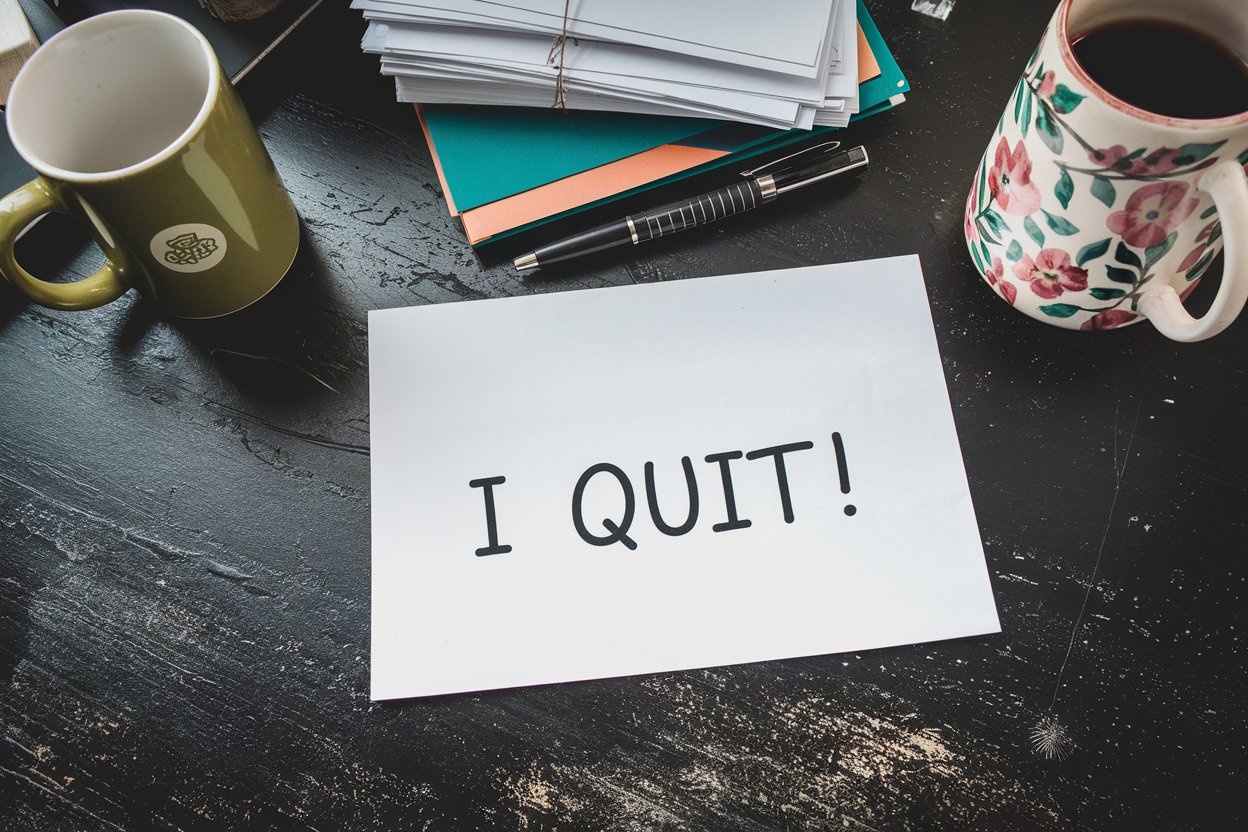
Strike
A Strike is a common theater and stage production term that refers to the process of taking down, removing, or dismantling stage sets, props, lighting, or other production elements. When someone sees "Strike" on a resume, it typically means the person has experience in the post-show cleanup and organization process that happens after a performance or production ends. This is an essential skill in theater work, as it requires both physical ability and understanding of proper equipment handling. The term might also appear as "Load-out" or "Take-down" in some regions or venues.
Examples in Resumes
Coordinated Strike teams for multiple Broadway productions
Led Strike operations for 20+ musical theater shows
Supervised crew of 10 during post-show Strike and Load-out
Typical job title: "Stage Crew Members"
Also try searching for:
Where to Find Stage Crew Members
Professional Organizations
Job Boards
Online Communities
Example Interview Questions
Senior Level Questions
Q: How would you organize a strike for a large-scale musical with multiple set pieces and a tight timeline?
Expected Answer: A senior candidate should discuss creating detailed strike plans, assigning team roles, prioritizing safety, managing multiple crews, and having contingency plans for various scenarios. They should mention experience with coordinating different departments (lighting, sound, props, etc).
Q: Tell me about a challenging strike situation you've managed and how you resolved it.
Expected Answer: Look for answers that demonstrate leadership, problem-solving, and quick thinking. They should explain how they handle unexpected issues, manage team stress, and maintain safety standards under pressure.
Mid Level Questions
Q: What safety procedures do you follow during a strike?
Expected Answer: Candidate should mention proper lifting techniques, equipment handling, communication protocols, wearing appropriate safety gear, and following venue-specific safety guidelines.
Q: How do you inventory and store equipment during strike?
Expected Answer: Should discuss organizing systems, labeling methods, condition checking, proper storage techniques, and documentation processes.
Junior Level Questions
Q: What's the basic order of operations for a typical strike?
Expected Answer: Should be able to explain the general sequence: securing loose items, removing set pieces, organizing equipment, cleaning the stage area, and proper storage of materials.
Q: What tools and equipment are commonly used during strike?
Expected Answer: Should know basic tools like power drills, wrenches, work gloves, and understand the importance of proper tool handling and storage.
Experience Level Indicators
Junior (0-2 years)
- Basic tool handling
- Following safety protocols
- Working as part of a crew
- Basic set breakdown procedures
Mid (2-5 years)
- Equipment management
- Team coordination
- Problem-solving during strikes
- Inventory management
Senior (5+ years)
- Strike planning and supervision
- Safety oversight
- Team leadership
- Emergency situation management
Red Flags to Watch For
- No knowledge of basic safety protocols
- Unable to explain proper equipment handling
- Lack of physical capability for demanding work
- Poor communication skills or team attitude
Need more hiring wisdom? Check these out...

The Hidden Art of Salary Negotiation: How to Win Hearts Without Going Broke

Stop the Turnover Epidemic: Proven Tactics Every HR Leader Must Know

The Hidden Signs Your Best Employees Are About to Quit (And How to Stop Them)

